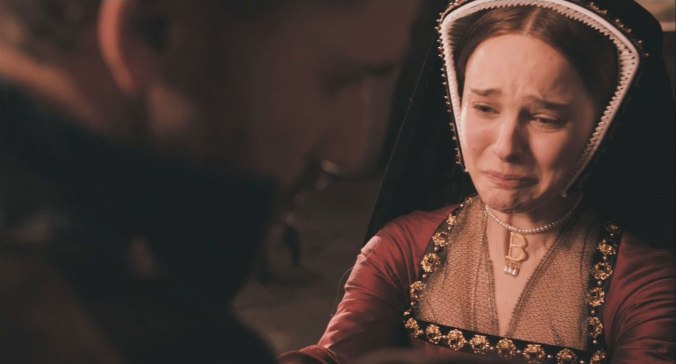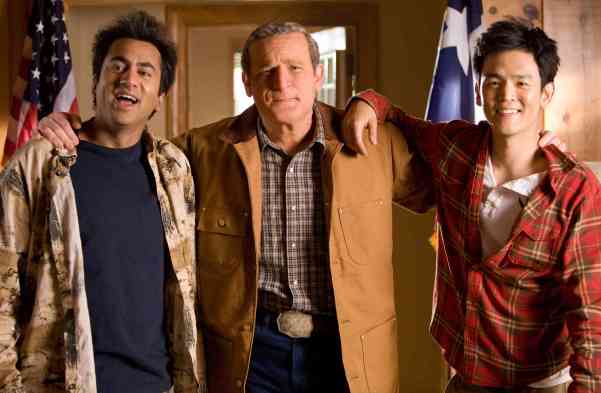When there is peace in Japan during feudal times, most samurai became ronin or masterless samurai. They wandered around trying to pick up odd jobs in order to put food in their mouths. Some were lucky and were employed in samurai schools or their masters still had money to support them. Others were not and lived in abject poverty in a world that no longer needed the strength of their sword skills. Harakiri deals with the consequences of so many war like people unemployed. It is a harrowing commentary on our lust for genre pictures and the history of war.
An old samurai shows up at a samurai compound to see if he could commit harakiri, or ritual suicide, there. In order to scare him off from going through with this important ritual, the leader of the samurai clan tells this ronin a story. A couple of months back, a young samurai approached the compound wanting to commit harakiri. But he didn’t actually want to do it. Rather he had heard that these clans usually felt sorry for these impoverished ronin and gave them some money and maybe some employment. The leader had gotten wise to the ruse and forced the ronin to continue with his plan. The ronin kept asking for a leniency of a couple a days so that he could get his affairs in order, but the leader refused. Appealing to the ronin’s sense of honor, he forced him to perform the ritual. However the ronin had been so impoverished that he no longer had an actual blade. He had sold it for the money and therefore must commit suicide by bamboo stick, a very rough way to go about it. The old samurai who hears this story is unfazed and wishes to still commit harakiri. But first the old samurai wants to tell the leader a story. You see that young and desperate ronin with the bamboo swords was his son-in-law. Things had gotten so desperate at his house, because both his wife and his child was deathly sick that he turned to a last-ditch effort to get some money in order to pay for their medicine. Instead of charity, he found nothing but cold-hearted authority. The old samurai has come to their place in order to seek revenge for his dead daughter, son-in-law and grandchild. He has nothing left to lose, so he fights and destroys this long-standing compound.
There is always two sides to every story. When we first meet the young samurai, he seems to be weak and trembling. We know nothing of his plight and think of him just as a oppurtunist. However when the story shifts and we watch the old samurai tell the history of this ronin, the audiences sees a family man desperate to guard them and protect them from unnecessary evils. If the leader of the compound had chosen to not be so hard-headed and had actually asked why this young ronin had come to the place, his life and the lives of his family might have been spared. Not only is the director calling out the single-mindedness of military officials, but he is also showing that harakiri is far from dignified. It is a silly way to leave this world and should not be as revered as it is in most samurai films, books and histories. It has no honor. It is just a waste of a human life. A life that is needed in order to make Japan a better place.
![Harakiri.1962.REPACK.1080p.BluRay.x264-CiNEFiLE.mkv_snapshot_00.01.16_[2011.11.21_22.57.15]](https://cinemaburn.wordpress.com/wp-content/uploads/2014/06/harakiri-1962-repack-1080p-bluray-x264-cinefile-mkv_snapshot_00-01-16_2011-11-21_22-57-15.jpg?w=676&h=281)



















